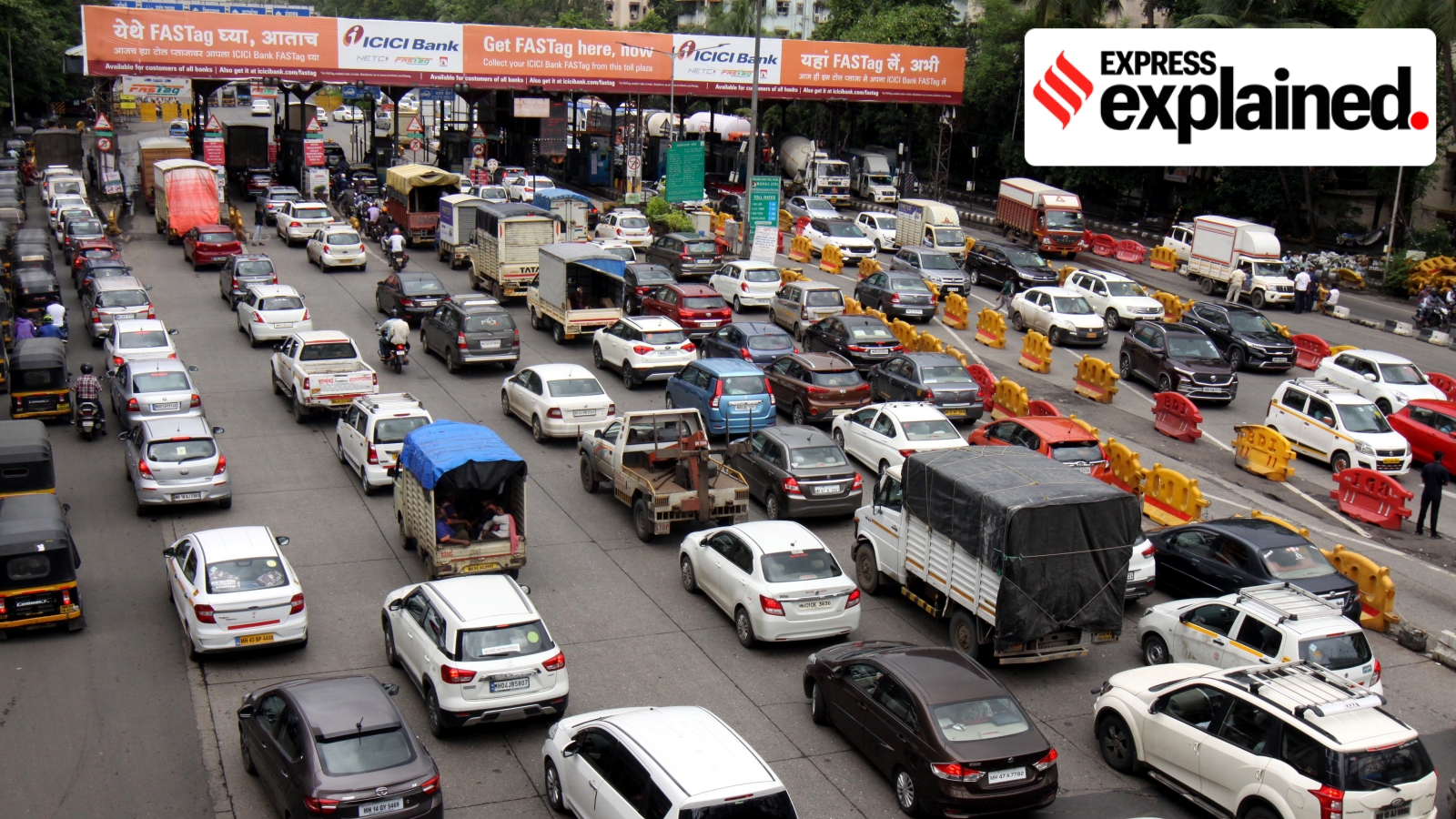 |
|
India is poised to revolutionize highway toll collection with the introduction of Global Navigation Satellite System (GNSS), a new satellite-based system set to replace the current FASTag system. This revolutionary system will mark a significant shift from fixed toll amounts to a distance-based payment structure. Vehicles equipped with GNSS will be allowed to travel for free up to 20 kilometers in each direction daily on national highways and expressways, further incentivizing its adoption.
The GNSS system operates by tracking the movement of vehicles via satellite, allowing for precise calculation of distances traveled and corresponding toll charges. This eliminates the need for fixed toll booths and boom barriers, paving the way for a more seamless and efficient toll collection process. Developed countries have already successfully implemented similar systems, demonstrating its potential to alleviate congestion and optimize traffic flow.
The implementation of GNSS will involve the installation of 'on-board units' (OBUs) in vehicles. These OBUs will communicate with the satellite network to transmit travel data and facilitate payment processing. The Ministry of Road Transport and Highways (MoRTH) has amended the National Highways Fee (Determination of Rates and Collection) Rules, 2008, to incorporate legal provisions for GNSS-based toll collection. These amendments include the designation of specific lanes for GNSS implementation and the mandatory use of this new system.
The transition to GNSS will be gradual, with the existing FASTag system running concurrently for a period. This phased approach allows for a smoother integration and ensures continued functionality for vehicles without GNSS OBUs. Ultimately, the aim is to transition all lanes to GNSS-based toll collection, eliminating the need for FASTag entirely. This transition promises a more efficient, user-friendly, and cost-effective toll collection system, enhancing the overall highway travel experience in India.
The introduction of GNSS is anticipated to significantly reduce congestion and delays at toll plazas, as vehicles will no longer need to stop at booths for FASTag barcode reading. This will lead to smoother traffic flow and significantly reduce waiting times, contributing to a more pleasant and less stressful journey. The system also promises improved security and transparency, as all transactions will be digitally recorded and traceable.
Source: GNSS: How the new satellite-based highway toll collection system will work
